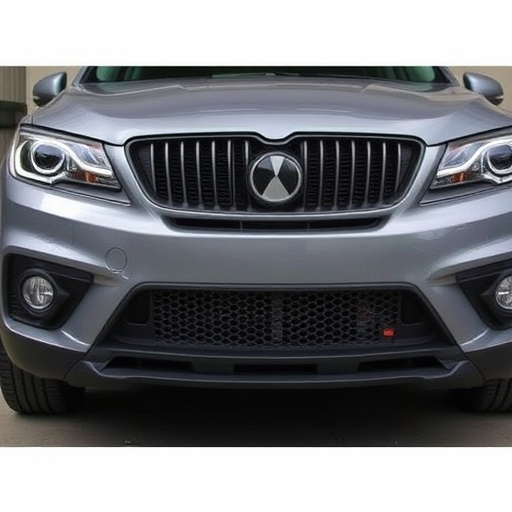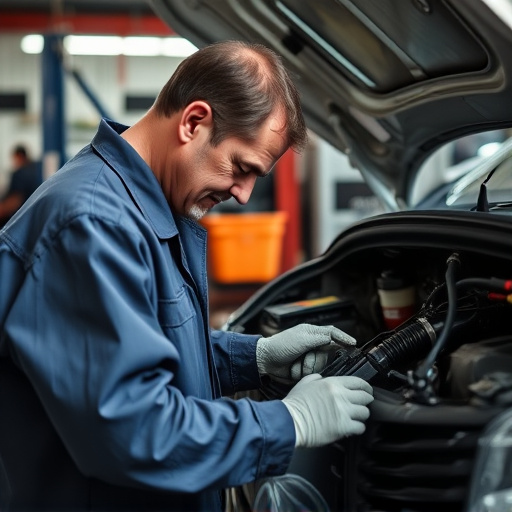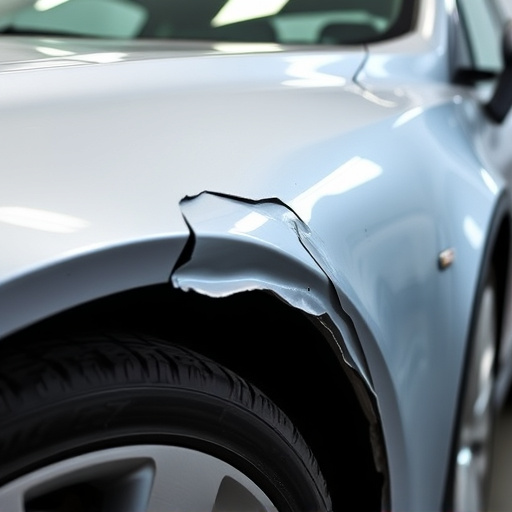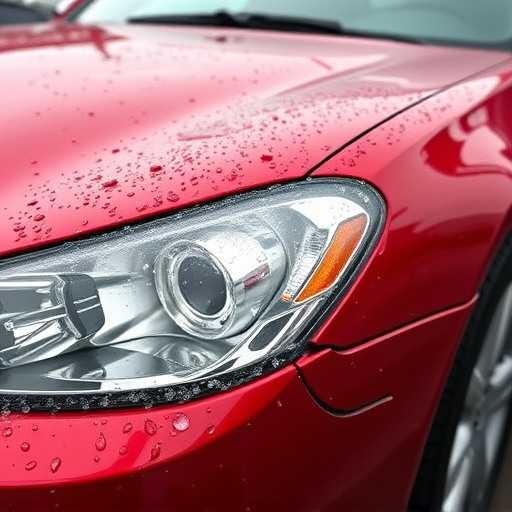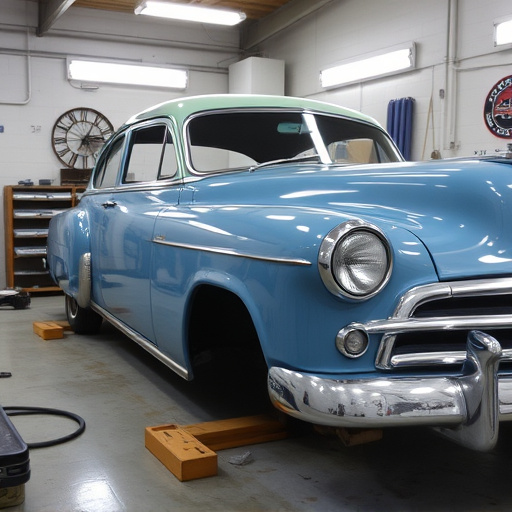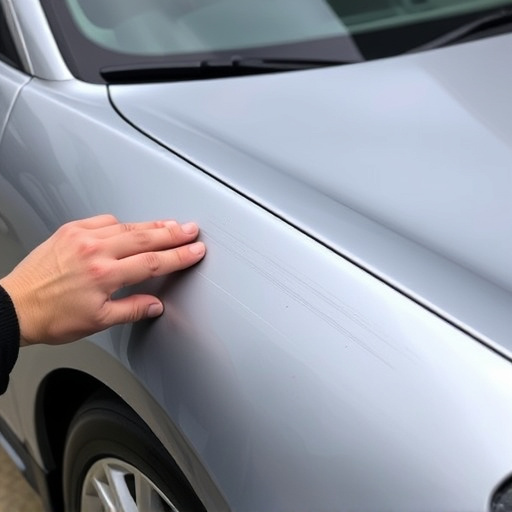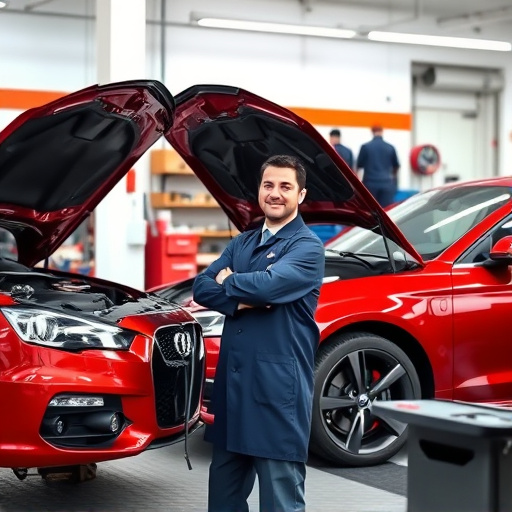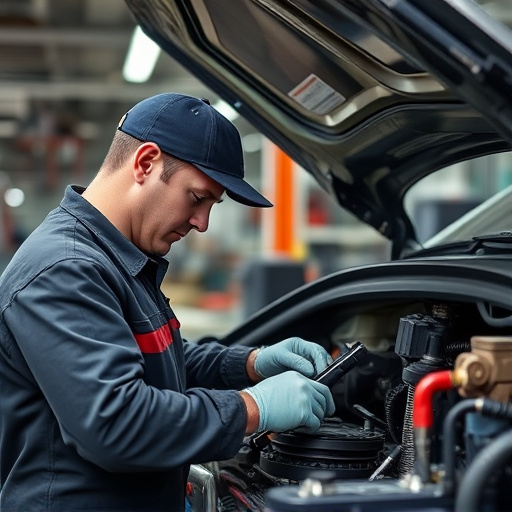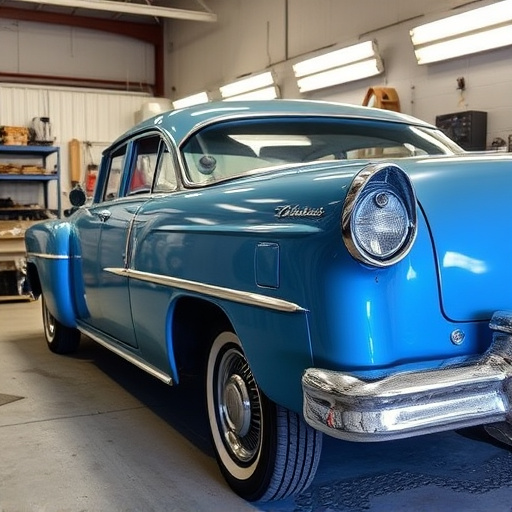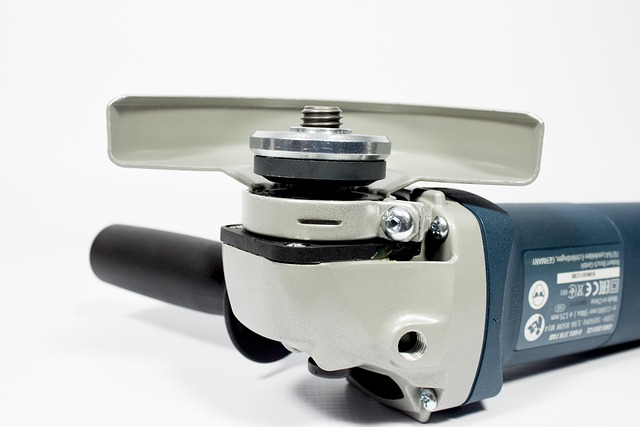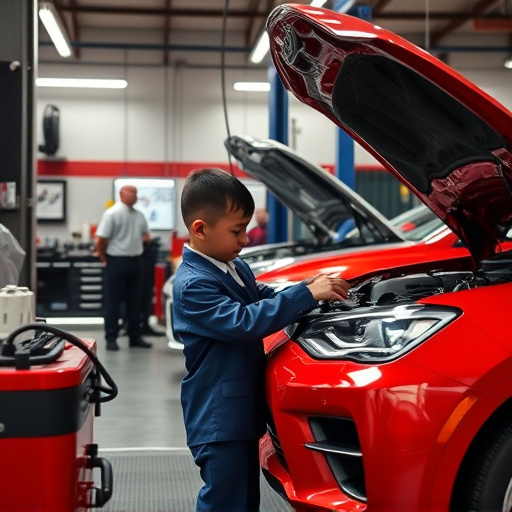Insurance coverage for vehicle body repair is essential to restore cars post-incident without financial strain. Understanding policy limits and terms like collision or comprehensive coverage ensures costs like dent removal and structural repairs are covered. Policies vary in scope, with comprehensive offering broad protection against accidents, natural disasters, and theft; collision targeting collisions. Navigating the claims process with a reputable collision repair center optimizes efficiency, communication, and minimizes delays.
In today’s world, ensuring comprehensive insurance coverage for your vehicle is paramount. When it comes to protecting your car against body damage, understanding insurance options is crucial. This article guides you through the intricacies of vehicle body repair insurance coverage. We’ll explore common types of policies, helping you navigate different scenarios effectively. Additionally, we’ll delve into the claims process, ensuring efficient repairs without the hassle. Stay informed and make smart decisions regarding your vehicle’s well-being.
- Understanding Vehicle Body Repair Insurance Coverage
- Common Types of Coverage for Bodywork Damage
- Navigating Claims Process for Efficient Repairs
Understanding Vehicle Body Repair Insurance Coverage
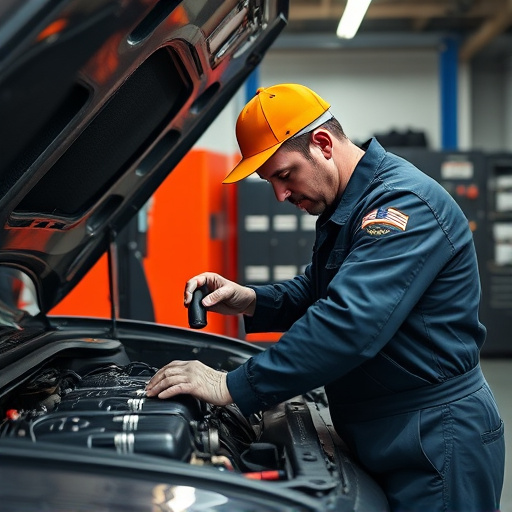
When it comes to vehicle body repair, insurance coverage plays a pivotal role in ensuring that your vehicle is restored to its pre-incident condition without causing a significant financial strain. Understanding what your insurance policy covers for automotive repair services is crucial before initiating any repair work. Different policies have varying levels of coverage, which can range from comprehensive to limited, depending on factors such as deductibles and specific exclusions.
Comprehending the intricacies of your insurance plan is essential, especially when it comes to specialized services like car restoration. Some providers offer dedicated coverage for vehicle body repair, while others might include it under a broader category of damage. Familiarize yourself with terms like “collison coverage” and “comprehensive coverage,” as these are key to ensuring that the cost of repairs, from dent removal to major structural repairs, is covered.
Common Types of Coverage for Bodywork Damage
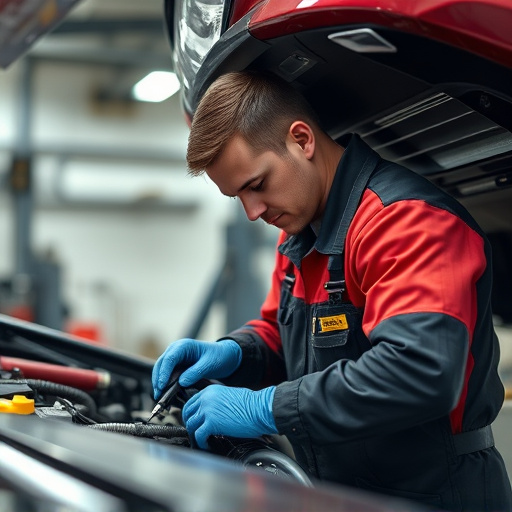
When it comes to protecting your vehicle from unforeseen circumstances, insurance coverage for vehicle body repair is an essential aspect of car ownership. There are several common types of coverage options available to cater to different needs and budgets. Comprehensive insurance is a popular choice, offering protection against a wide range of incidents, including damage caused by accidents, natural disasters, and even theft. This type of coverage ensures that if your vehicle suffers bodywork damage, the repairs will be covered, providing peace of mind for car owners.
Another option is collision coverage, which specifically targets and covers damages resulting from collisions with other vehicles or objects. This is particularly beneficial for those who frequently drive in crowded areas or on rough roads. For luxury vehicle repair or more specialized needs, certain insurance providers offer tailored policies that include comprehensive bodywork services, ensuring your high-end car receives the utmost care during repairs.
Navigating Claims Process for Efficient Repairs
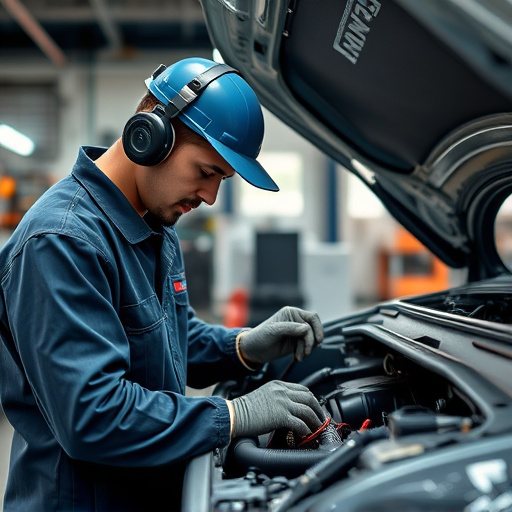
Navigating the claims process is a crucial step for efficient and effective vehicle body repair. When your car incurs damage, whether from an accident or routine wear and tear, understanding your insurance policy and the steps involved in filing a claim can significantly impact the repair timeline and overall cost. The first step is to contact your insurance provider to report the incident, providing all necessary details about the damage. This triggers the claims process, which often includes a thorough assessment of the vehicle by an appraiser or adjuster. They will document the extent of the repairs required, ensuring every part is considered for replacement or repair.
During this phase, it’s beneficial to choose a reputable collision repair center known for its expertise in vehicle body repair services. These centers have experienced technicians who can accurately assess and communicate potential issues, offering transparent estimates. Efficient communication between the insurance company, the repair center, and the policyholder ensures a smoother process, minimizing delays and potential costs associated with lengthy repairs.
When it comes to vehicle body repair, having the right insurance coverage can significantly streamline the process and ensure your vehicle returns to its pre-accident condition. By understanding the various types of coverage available and navigating the claims process effectively, you can efficiently address bodywork damage, minimizing stress and costs. Remember, knowing your insurance options is key to a seamless vehicle body repair experience.
